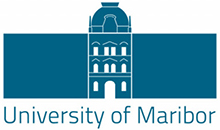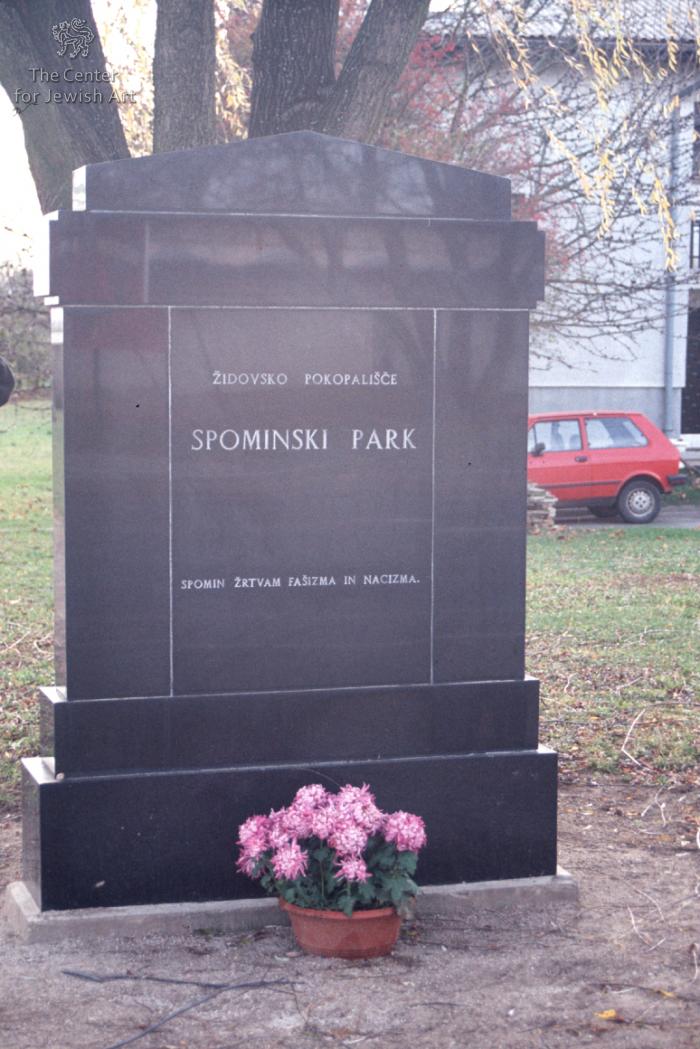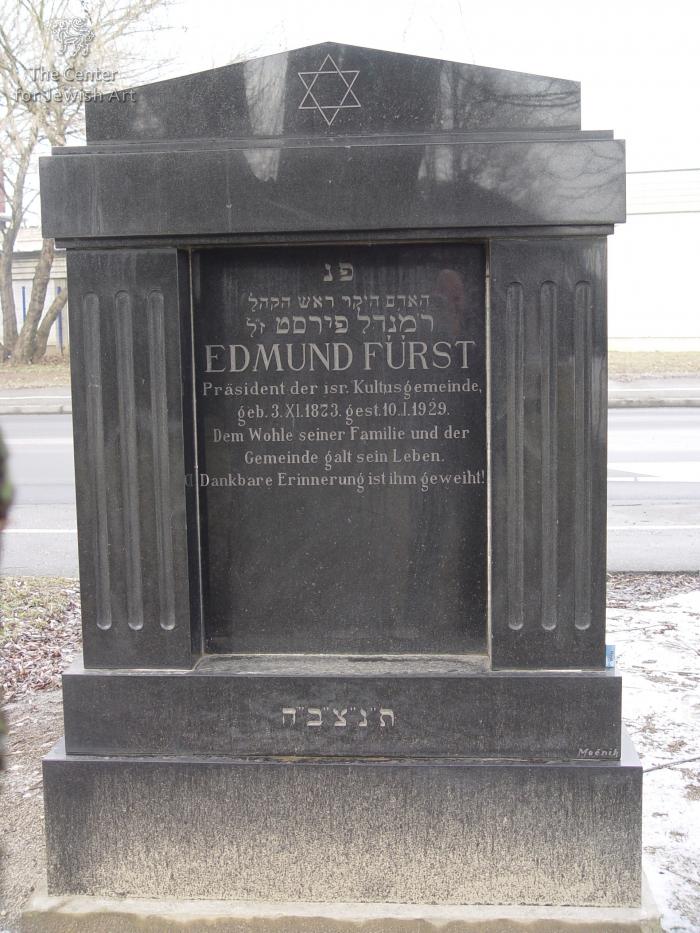Obj. ID: 17268 Holocaust Memorial at the site of the Jewish cemetery in Murska Sobota, Slovenia, 1985, 2015

Who is Commemorated?
Victims of the Holocaust
Description
The memorial consists of eight tombstones from the Jewish cemetery of Murska Sobota, demolished in the 1980s. Seven tombstones are standing in a circle, while the eighth one, the black marble gravestone of Edmund Fürst, the head of the community (d. 1929), stands in a distance from them and serves as an entrance sign. The original epitaph faces the circle, while a new inscription about the memorial park is made on its back side.
Inscriptions
The original inscription made in 1985 in Slovene reads:
Židovsko pokopališče
Spominski Park
spomin žrtvam fašizma in nacizma
Translation: Jewish cemetery / Memorial Park / in memory of the victims of fascism and nazism.
The new inscription, made in 2015, in Slovene and Hebrew reads:
Židovsko pokopališče
Murska Sobota
V neizbrisen spomin na vse,
Ki tukaj počivajo
In na vse,
Ki bi tukaj počivali,
Pa so izgubili življenje
V Holokaustu
Translation: Jewish cemetery / Murska Sobota / In everlasting memory of all / who rest here / and to all, / who would rest here, / but they lost their lives / in the Holocaust
כי טוב יום בחצריך מאלף בחרתי הסתופף
בבית אלהי מדור באהלי רשע
תהלים 84-11
Translation: Better is one day in your courts than a thousand elsewhere; I would rather be a doorkeeper in the house of my God than dwell in the tents of the wicked." Psalms 84:11 [84:10 in the Christian Bible].
Commissioned by:
Murska Sobota municipality
sub-set tree:
The Jewish cemetery in Murska Sobota existed from the first half of the 19th century. By the end of World War II there were ca. 65 tombstones, but in the late 1980s, only 38 stones remained. The cemetery chapel was demolished in 1963.
In 1985, the municipality arranged a memorial park, which occupies part of the former cemetery. Eight tombstones were chosen to remain, while the others were sold. The black marble tombstone of Edmund Fürst, the head of the community, serves as an entrance sign.
The still-living Holocaust survivor in Murska Sobota, Erika Fürst, was upset about the disgraceful designation of the cemetery as a Memorial park. Upon her multiple requests, the Municipality of Murska Sobota finally decided to change the inscription on the entrance sign and to make further changes in the park presentation. The renaming of the cemetery took place on 27 January 2015, on the Holocaust Memorial Day. The Mayor Aleksander Jevšek spoke at the opening ceremony. (Communication from Janez Premk on 24 December 2021.)
Gruber, Ruth Ellen, and Samuel D. Gruber. Jewish Cemeteries, Synagogues and Monuments in Slovenia (Washington, DC: U.S. Commission for the Preservation of America’s Heritage Abroad, 2005)., 20., https://www.academia.edu/4434090/Jewish_Cemeteries_Synagogues_and_Monuments_in_Slovenia (accessed December 23, 2021)
Premk, Janez and Mihaela Hudelia. Jewish Heritage: A Guidebook to Slovenia (Ljubljana: JAS, 2014), 81.


















